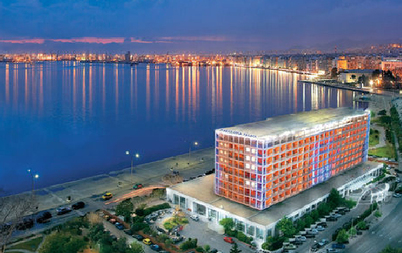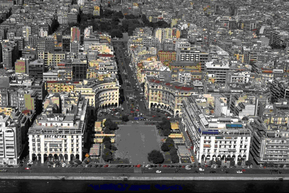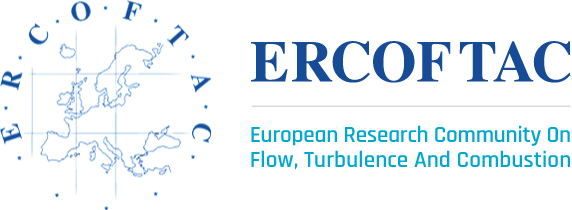Venue - Hotel Macedonia Palace, Thessaloniki

Macedonia Palace
The Conference Venue is the Hotel Macedonia Palace, ideally located in the heart of the city and by the sea, only a couple hundred meters from its landmark, the White Tower. It offers breathtaking views of the White Tower and the Thermaikos Gulf.
Thessaloniki – Thessaloniki is the second most populous city of Greece. It is built on the edge of the Thermaic Gulf and was founded by Kassandros, one of Alexander’s heirs and also student of Aristotle in 315 BC, the beginning of the Hellenistic era. Kassandros united 26 separate communities close to the sea and the hills into a new city, which he named “Thessaloniki” in honor of his wife, daughter of Philip the second.

In 168 BC, Thessaloniki follows the fate of the rest of Greece and is conquered by the Romans. It becomes the capital of the administratively autonomous part, which extends from the Axios to the Strymon River. In 148 BC, Macedonia is proclaimed a Roman province, seat of a Roman General with Thessaloniki as capital. With the construction of via Egnatia, connecting Rome with Byzantium, Thessaloniki emerged as a major commercial, political and military center and became an "International City", a characteristic preserved in Byzantine and Ottoman times until today.
In 1430, faced with an attack by the Turks it falls under Ottoman rule and after several decades of inaction, it established itself as the second, after Constantinople, city of the occupied empire. In 1492, the city began to come to life again due to the waves of Jewish immigrants expelled from Spain and Germanic countries and who sought refuge in Thessaloniki.
Later many Turks and Greeks from the countryside and from other towns started to flock to the city. Thessaloniki began to develop again; it re-acquired its commercial activity and became again a major trading and financial center. The "dug" port of Constantine was destined to play an important role in the commercial activity and the economic development of Thessaloniki and became a central point for the movement of goods to all countries of the Balkans. Under these conditions, Thessaloniki welcomed the 20th century as one of the largest and most important cities of the faltering Ottoman Empire; after the Balkan wars, it becomes again part of Greece in 1912.
During Second World War, Thessaloniki was occupied by the Germans. The dawn of the twentieth century will find Thessaloniki as guardian of a magnificent heritage. Its architecture and urban environment witness its long history and various influences from East and West; it is a living museum of peoples, idioms, religions and cultures which challenges the visitor to explore it. Cities are molded by successive disasters and Thessaloniki experienced many. The twentieth century is the period of great changes, as well as the right time to restore its national and cultural roots after the turbulent history of the city. During this century, the city grows outside its ancient walls; this growth peaks with urban explosion in an area much larger than the historic city boundaries.
Today, from its historic center to the city limits, apartment buildings overpower nature and dominate over history. The sea, the eternal element that follows the entire length of the city, reflects the city, but does not reveal it. Today, Thessaloniki is a vibrant city and a popular tourist destination. It has an international airport offering daily flights to many major European cities and is also served by several motorway and railway links.

